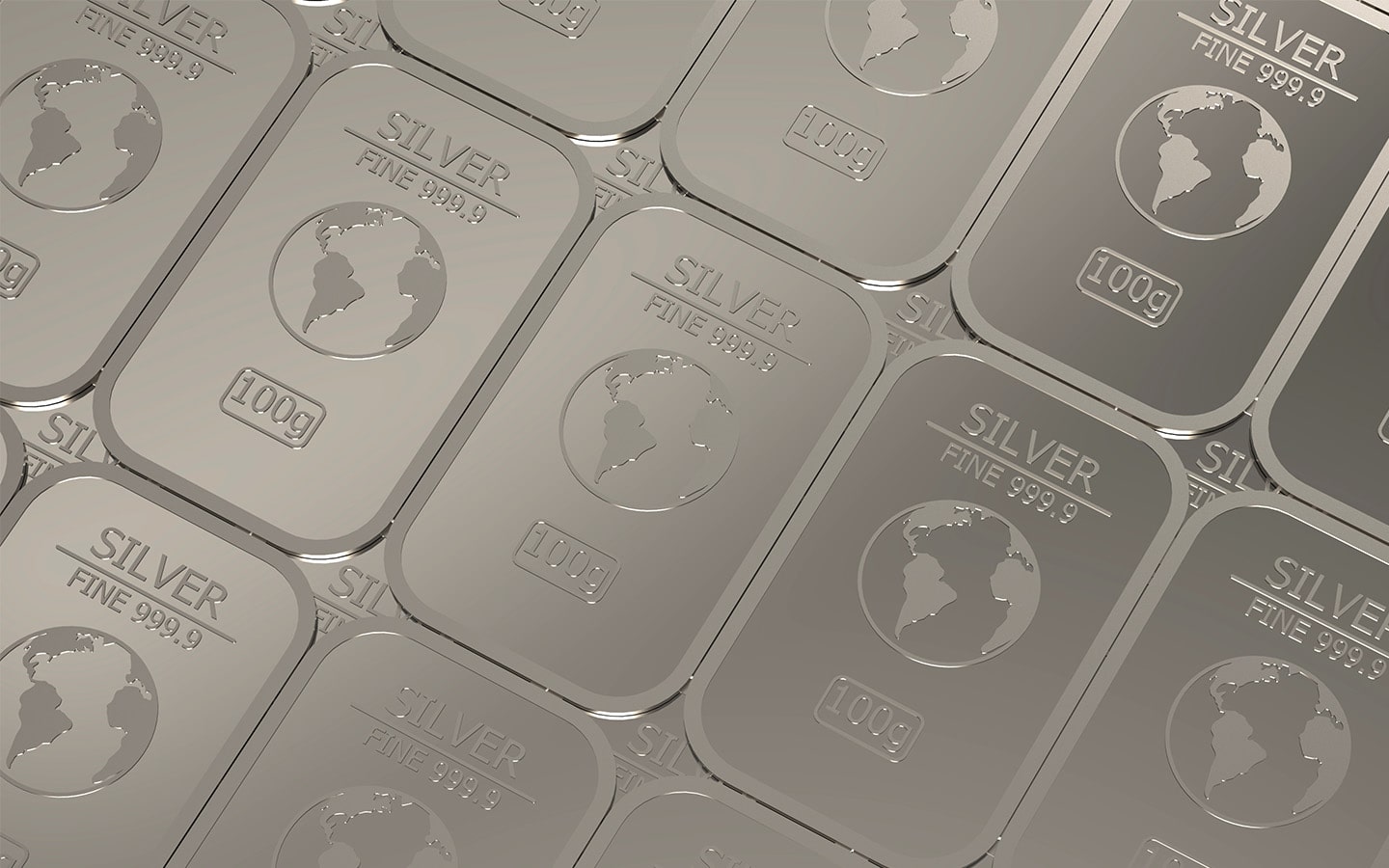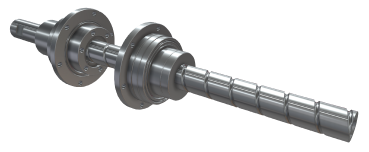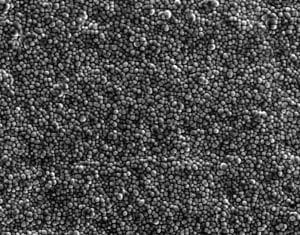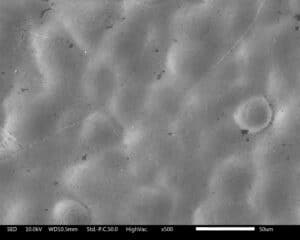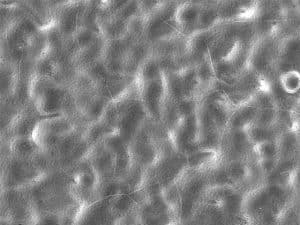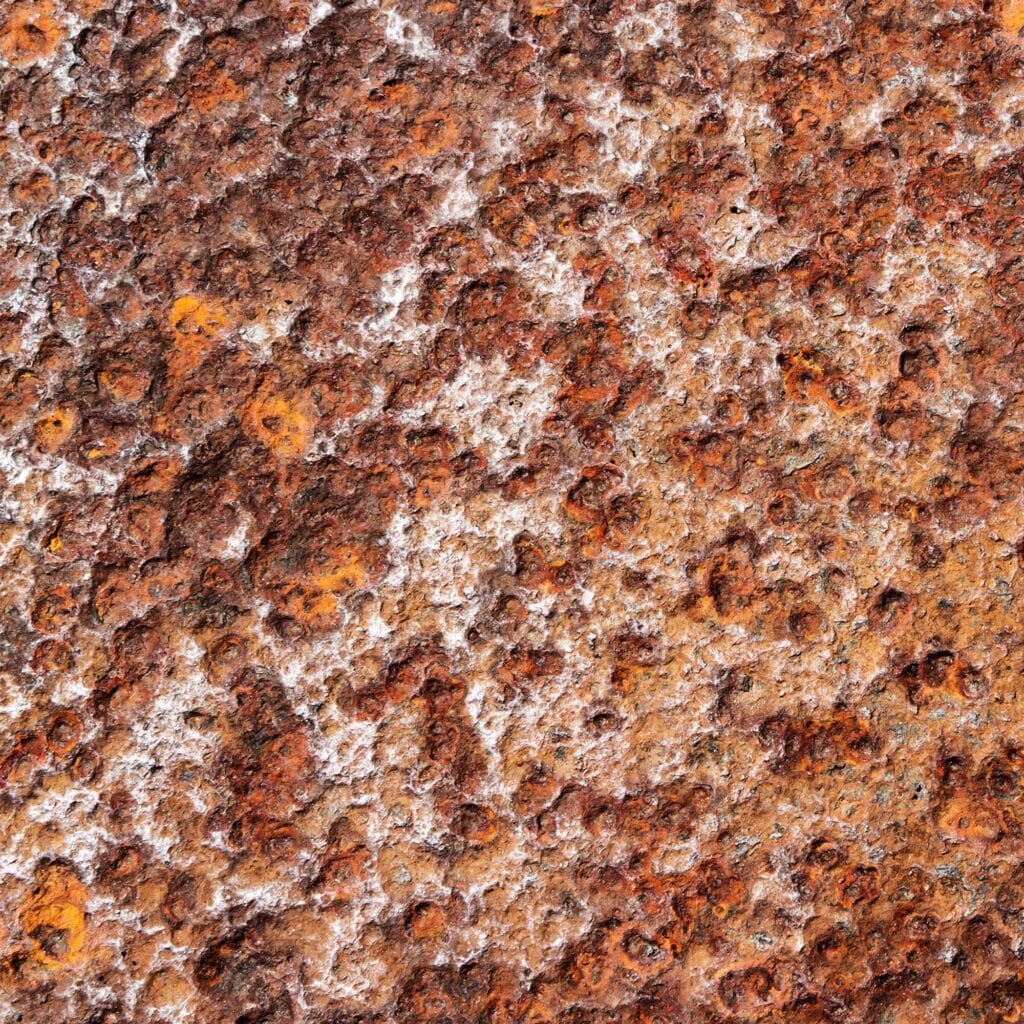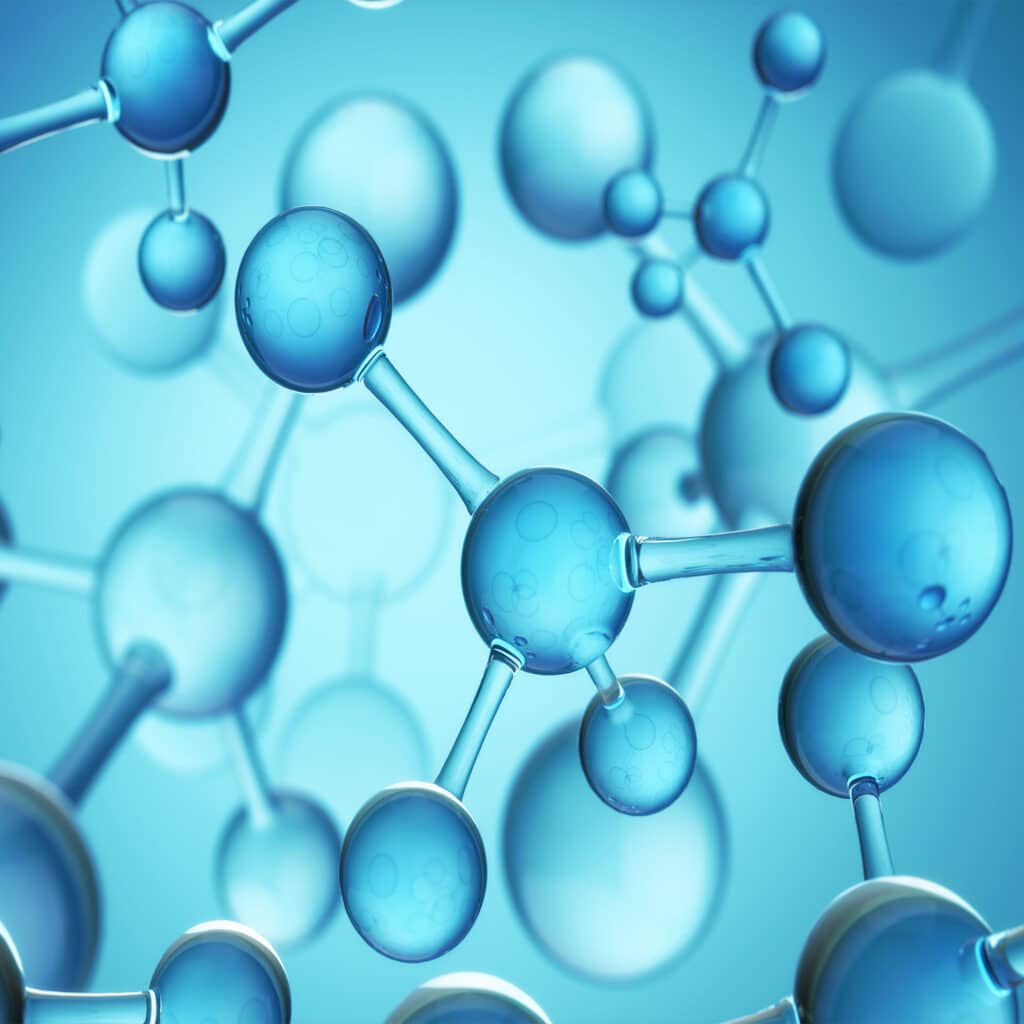Silver Plating
A Semi-Precious Metal for Performance & Appearance

A Lustrous Metal with Few Limits
The Armoloy Corporation helps manufacturers improve component performance and protection with a diverse portfolio of coating technologies.
The versatility of silver plating extends across multiple industries, including automotive, aerospace, and decorative arts. This method not only improves the durability and functionality of components but also contributes significantly to their longevity by providing excellent corrosion resistance. Tailored to meet diverse industrial needs, silver plating can be applied using various techniques such as barrel and rack plating, allowing for precision in both large-scale and delicate operations. As a result, silver plating remains a cost-effective alternative to other precious metals like gold or platinum, offering unmatched benefits in enhancing product quality and performance.
Silver Plating Highlights
- Highly ductile
- Excellent lubricity
- High temperature tolerance
- High electrical & thermal conductivity
- Excellent solderability
- Decorative value/ appearance
- Highest optical reflectivity in the visible range
Proven applications
Silver plating can improve the long-term performance of all the following industry-specific applications and more.
- Lead frames
- Circuit applications
- Cookware and bakeware
- Screws and bolts
- Bearings
- High temperature applications
Certifications
- AMS 2410 Rev. J
- AMS 2412 Rev. J
- ASTM B700-97
- MIL-QQ-S-365
Performance Characteristics
Silver Plating by the Numbers
- Type-I: 99.9% silver minimum
- Type-II: 99.0% silver minimum
- Type-III: 98.0% silver minimum

- 1,763.2°F melting point
- Relative atomic mass of 107.868
- 0.0005" minimum coating thickness


Silver Plating Features & Benefits
High electrical conductivity
Silver is one of the best conductors of electricity, which makes silver plating ideal for electrical and electronic applications, including connectors and semiconductors. This property ensures minimal energy loss and superior performance in electronic devices
Corrosion resistance
Silver plating enhances the corrosion resistance of the base metal, making it more durable and suitable for use in harsh environments, such as those found in automotive or marine applications
Thermal conductivity
Silver’s high thermal conductivity is crucial in applications requiring efficient heat dissipation, such as in heat exchangers and cooling systems in power generation sectors
Enhanced solderability
The ease of soldering silver-plated components is particularly valued in the electronics manufacturing industry, where durable and reliable solder joints are essential
Aesthetic appeal
Silver plating provides a bright and lustrous finish that is aesthetically pleasing. This makes it popular for decorative applications, including jewelry, silverware, and automotive detailing
Reflectivity
For applications requiring high reflectivity, such as mirrors and lighting fixtures, silver plating is an excellent choice due to its ability to reflect light efficiently
Lubricity
Silver is commonly used for high speed or high temperature bearing cages when there is risk of lubrication failure because it can act as a solid lubricant.
Anti-microbial properties
Silver has inherent anti-microbial properties, making silver plating a valuable addition for medical devices and fixtures to maintain hygiene and prevent the spread of bacteria

The Science Behind Silver Plating

Silver plating is a specialized electrochemical process that enhances the properties of a substrate by coating it with a thin layer of silver. This process typically involves two primary methods: rack plating and barrel plating, each suited to different types of components based on their size and shape.
Rack Plating
This method is ideal for larger or more delicate parts. The items are individually mounted on a rack which ensures that each component receives a uniform deposit of silver. The rack functions as the cathode in the electroplating bath, where an electric current facilitates the deposition of silver from the solution onto the substrate.
Barrel Plating
Best for smaller, more durable parts, barrel plating allows for the simultaneous processing of numerous pieces. The components are placed in a rotating barrel, which is partially submerged in the electroplating solution. As the barrel turns, parts tumble within, ensuring uniform coverage as the electrical current is applied.

Services at Armoloy
The Armoloy Corporation is here to provide support for your project, starting from the discovery phase and continuing through a successful production launch. Whether coatings are considered during the initial part design phase or become necessary due to product failures in the field, our team can assist you at any stage in the process.
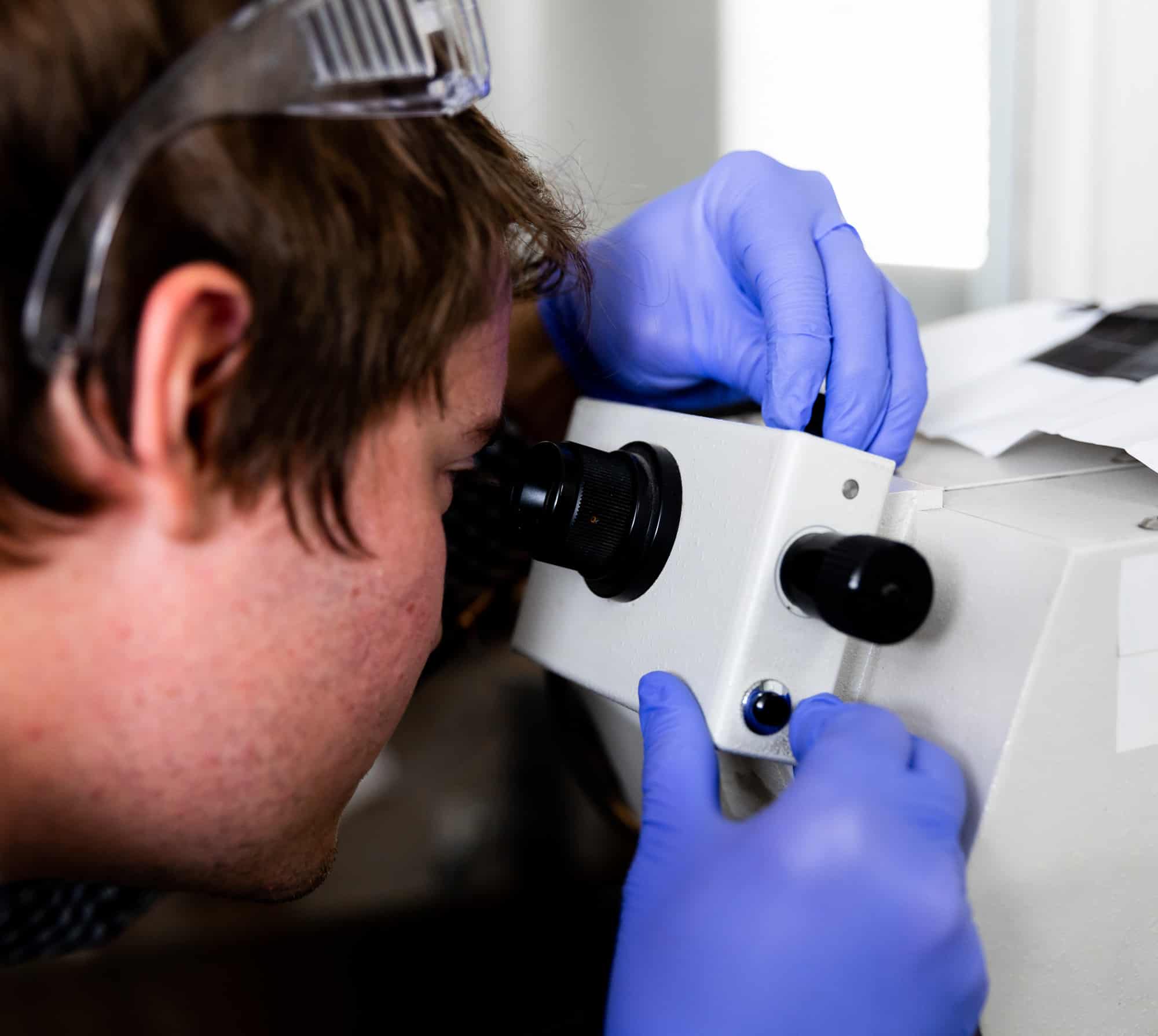
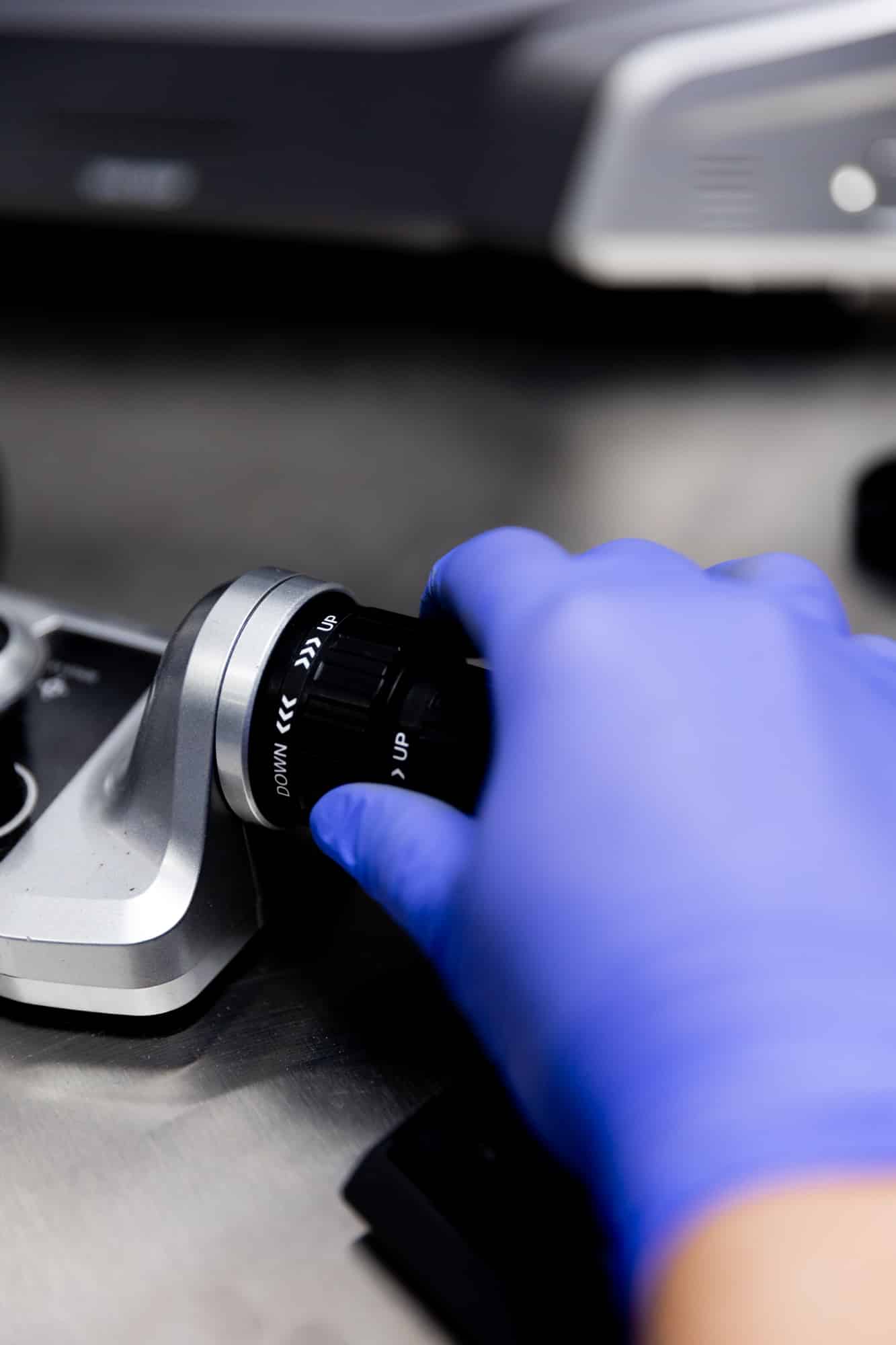
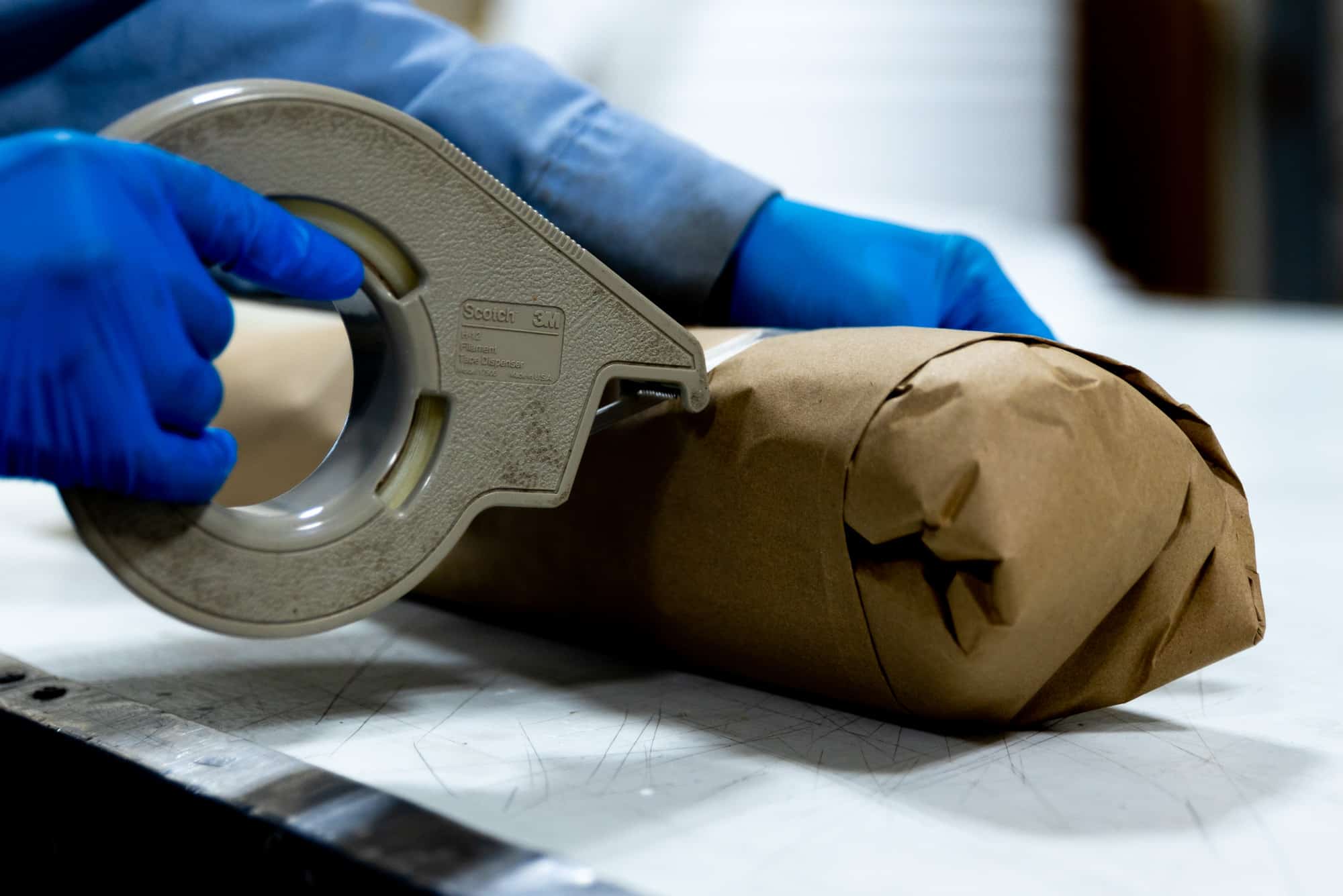

Partner With Us
Improve metal surface performance to its highest pinnacle. Meet our group of curious, innovative engineers and learn how we can help improve your industry with science-based solutions like our nickel chrome plating.

